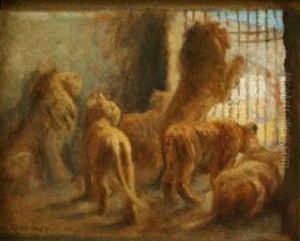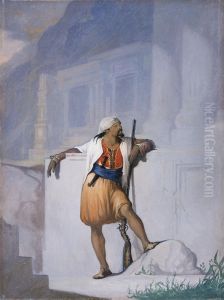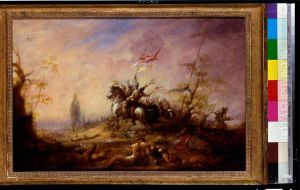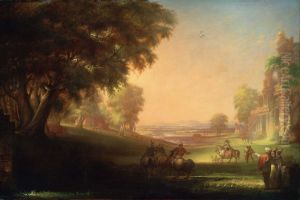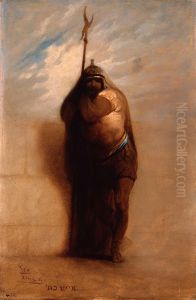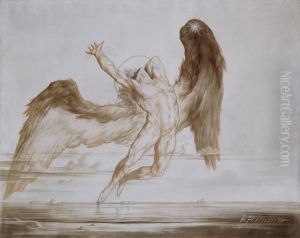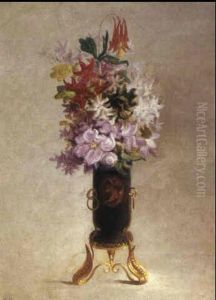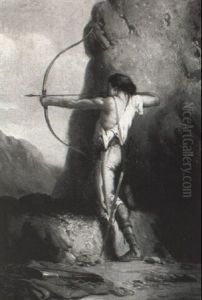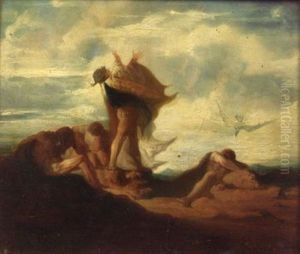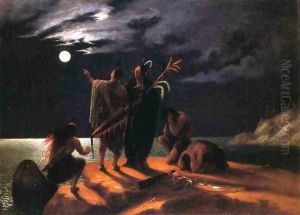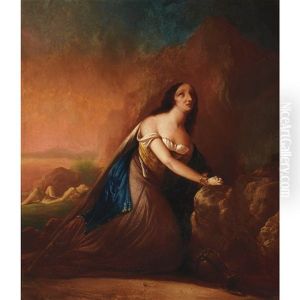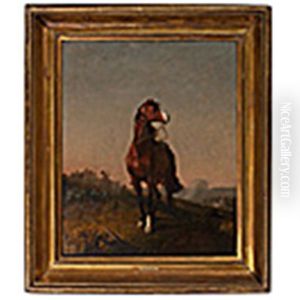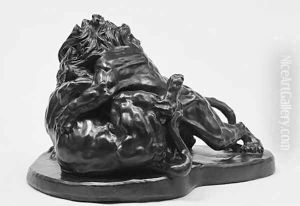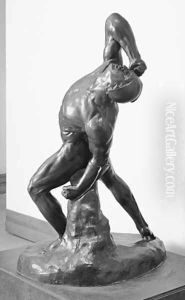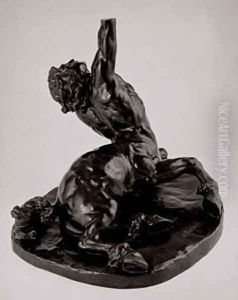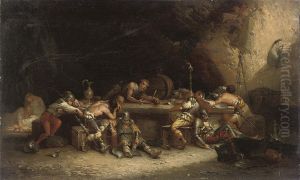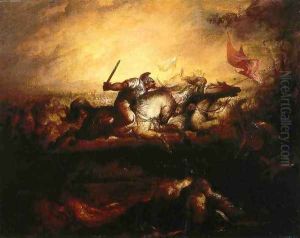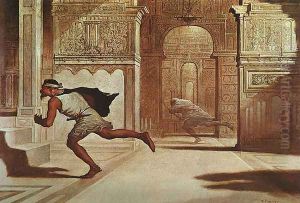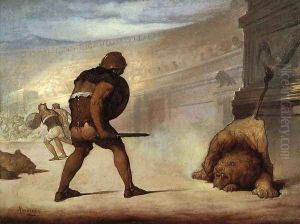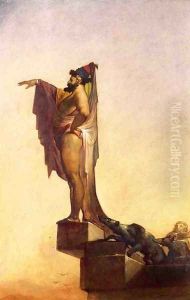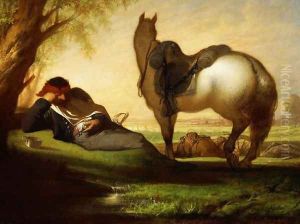William Rimmer Paintings
William Rimmer was an American artist, born in Liverpool, England, in 1816, but his life and career were predominantly based in the United States. Rimmer's family immigrated to the U.S. when he was a child, settling in Boston, Massachusetts. Despite the initial intention to pursue a career in medicine, Rimmer was drawn to the arts, a field in which he was largely self-taught. His work spanned various disciplines, including painting, sculpture, and drawing, and he became known for his unique style that often intertwined classical and fantastical elements.
Rimmer's artistic career was marked by both innovation and struggle. He worked as a doctor to support himself while dedicating as much time as possible to his art. His medical background influenced his art significantly, particularly in his anatomical drawings and sculptures, which were noted for their accuracy and detail. Rimmer published a well-regarded book, 'Elements of Design', in 1864, which combined his interests in art and anatomy and served as an important educational tool for artists.
Despite his talents, Rimmer never achieved significant financial success during his lifetime. He taught art classes and gave lectures, which included a notable series at the Lowell Institute in Boston, where he emphasized the importance of anatomical knowledge for artists. His eclectic style and interests often set him apart from his contemporaries, and his work received mixed reviews.
One of Rimmer's most famous works is 'Flight and Pursuit', a dramatic and emotionally charged painting that showcases his skill in portraying the human form in motion. His sculptures, such as the 'Dying Centaur', also reflect his fascination with mythology and the classical past, blending these elements with a modern sensibility.
William Rimmer died in 1879, leaving behind a body of work that, while not widely recognized during his lifetime, has gained appreciation over time for its originality and the unique perspective it offers on the intersection of art, science, and mythology. His contributions to American art, particularly in the realm of anatomical study and teaching, continue to be acknowledged by art historians and scholars today.
